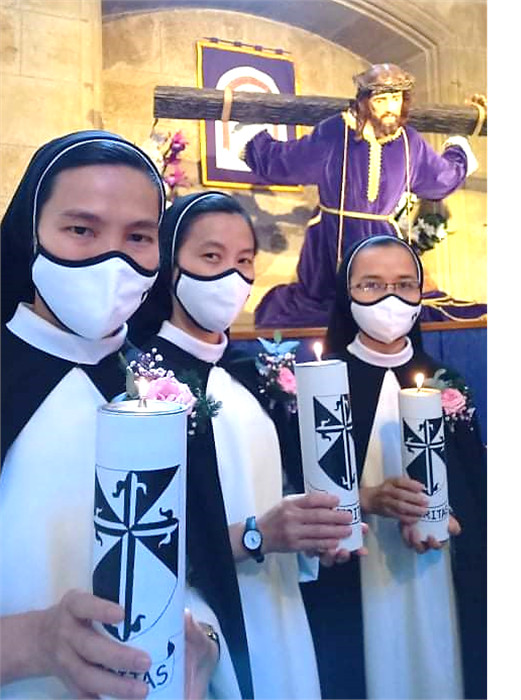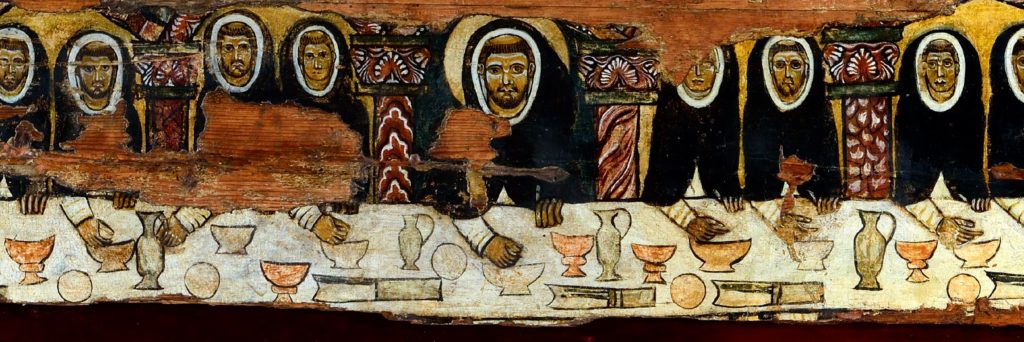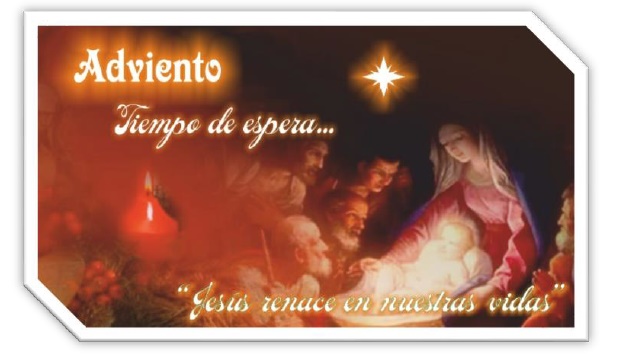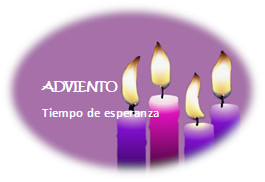
Queridas hermanas:
La palabra “Adviento“ viene del latín adventus, que quiere decir “venida”; es el tiempo de preparación para la segunda venida del Senor. Adviento, como tiempo que prepara la Navidad, se reduce a cuatro semanas, pero el Adviento verdadero no tiene límite de tiempo, es cosa de todo el año y de cada día; es una actitud del alma.
Entre lo más significativo de este tiempo, sobresale la esperanza, un valor de alto estímulo frente a tanta rutina, desaliento, cansancio o mirada corta. Todas necesitamos imperiosamente la esperanza, sin ella es imposible sobrevivir. La esperanza que ha animado a tantas generaciones de creyentes, nos sale al paso de manera especial en cada Adviento.
JESÚS es la mayor esperanza posible para que la humanidad entera y cada una de nosotras podamos avanzar. Él se nos acerca a diario de distintos modos y mediante símbolos variados: su palabra, la comunidad, los sacramentos, los pobres, ciertos acontecimientos, la cruz de cada día… Nos encuentra a ras de suelo, en la calle, en los caminos…. El Evangelio de este primer domingo lo expresa con alta animación: “¡Levantaos, alzad la cabeza, se acerca vuestra liberacion!”
La Sagrada Escritura en este tiempo al hablarnos de la esperanza, nos presenta las grandes figuras de la esperanza en el Adviento.
El primero es San Juan Bautista, el precursor del Señor, el que allanó el camino con su esperanza para la venida de Cristo, a través de su estilo de vida penitencial y su predicación, sin importar las consecuencias.
Pero los grandes modelos de la esperanza del Adviento son María y José.
José, de la ciiudad de Nazaret en Galilea, de la casa y linaje de David (cf. Lc 2,4) desposado con María. Hombre recto, de esperanza, que tuvo que confiar mucho en Dios para cumplir el papel que tenía por delante, como lo describió en un sueño un ángel que le dijo que el hijo que nacería de María fue concebido por el Espíritu Santo y se llamaría Jesús, porque salvará a su pueblo de sus pecados. José se presenta como el hombre que confió en Dios en todo momento, por difícil que fuera su papel.
María tiene muchos títulos de honor, pero su título especial es “Nuestra Señora de la Esperanza”.
Las verdaderas estrellas de nuestra vida son las personas que han vivido santas. Son luces de esperanza. Ciertamente, Jesucristo es la verdadera luz… pero para llegar a Él también necesitamos luces cercanas: personas que brillen con su luz y nos guíen en nuestro camino. ¿Quién más que María podría ser una estrella de esperanza para nosotras? Con su Sí abrió la puerta de nuestro mundo a Dios mismo; ella se convirtió en el santuario viviente de la Alianza, en el que Dios se hizo carne, se convirtió en uno de nosotros y lanzó su tienda entre nosotros (cf. Jn 1,14).
Cuando se le presentó la invitación para ser Madre de Dios, María se preguntó cómo podría desempeñar el papel. Pero ella nunca dudó, creyó que se cumpliría lo que le fue dicho por el Señor.
Miremos a María y José como verdaderos modelos de esperanza en este sagrado tiempo de Adviento. Vivámoslo con gozo.
Delante del pesebre en el día de Navidad renovemos nuestro compromiso de ser portadoras de esperanza en el mundo.
¡Feliz Adviento y Navidad!
Un fraternal abrazo y mi oración,
Sor Mª Asunción González, O.P.
Priora General

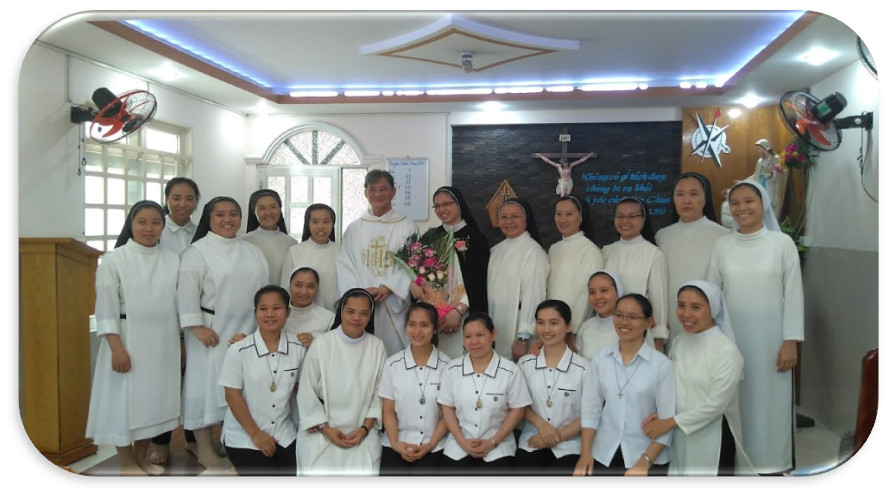
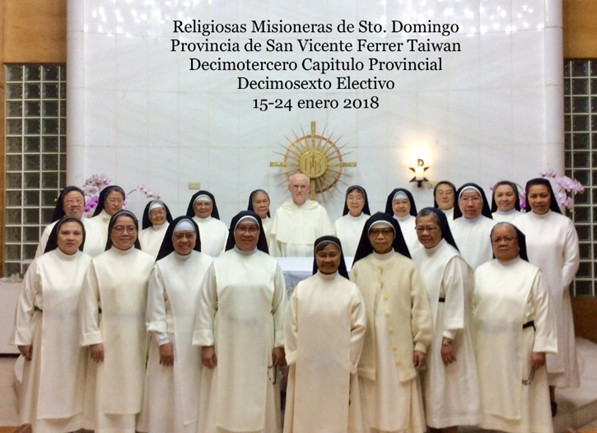
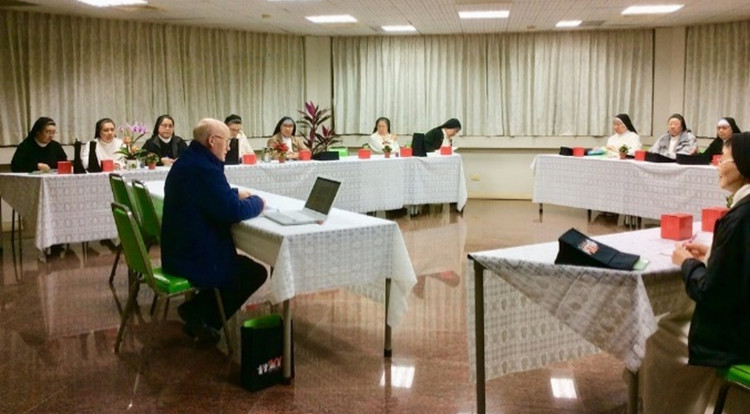
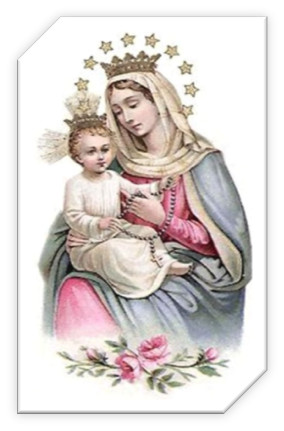

 El tema propuesto para este año es: “¿Una casa para todos? Renovando el Oikos de Dios”. Oikos es la palabra griega que significa “hogar” o “casa”; así mismo, el símbolo propuesto es la Tienda de Abraham, que representa nuestro compromiso de preservar un lugar para todos los que comparten nuestra casa común
El tema propuesto para este año es: “¿Una casa para todos? Renovando el Oikos de Dios”. Oikos es la palabra griega que significa “hogar” o “casa”; así mismo, el símbolo propuesto es la Tienda de Abraham, que representa nuestro compromiso de preservar un lugar para todos los que comparten nuestra casa común